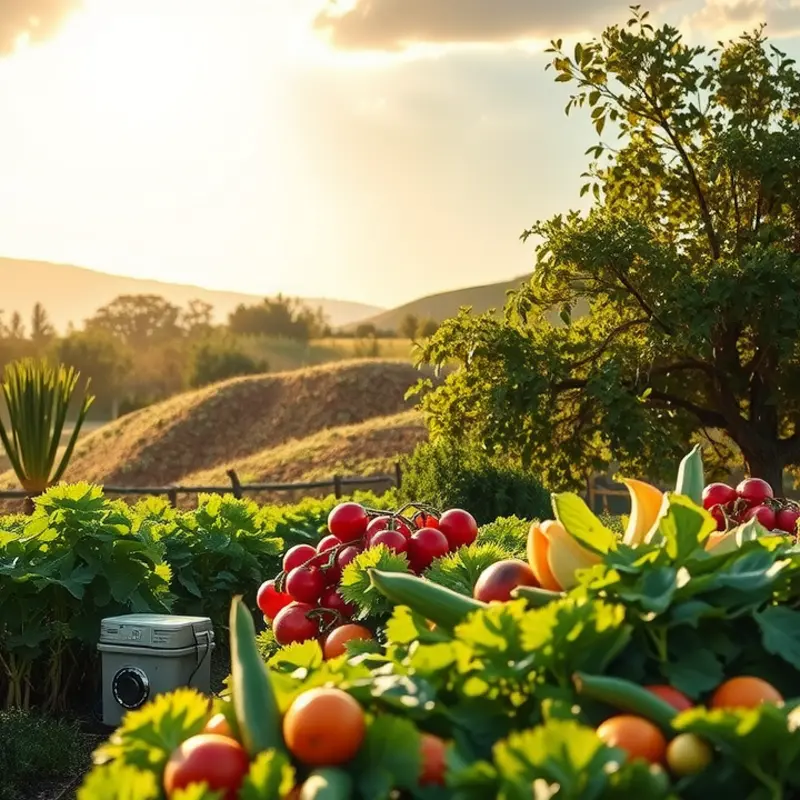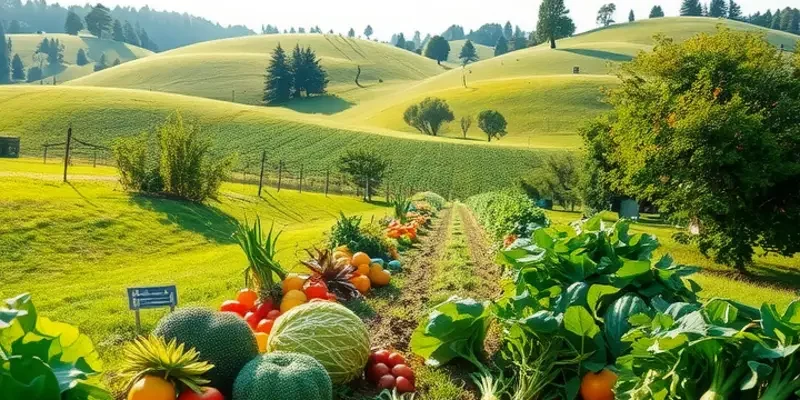Every culture values the importance of food during life milestones, from joyful birthdays to solemn farewells. These meals are more than nourishment; they symbolize community, tradition, and the tapestry of our shared experiences. As we delve into various culinary traditions around the globe, we’ll uncover how distinct flavors, aromas, and customs play a pivotal role in these significant life events. Join us as we enhance our understanding of these remarkable cuisines and the stories they tell.
Marking New Beginnings: Birthdays and Anniversaries

The celebration of birthdays and anniversaries often intertwines with culinary customs rich in meaning and tradition. These occasions are marked by unique foods, each carrying symbolic messages that reflect the values and history of a culture. As we explore these traditions, we uncover the fascinating ways in which food becomes both a vessel and a voice for celebration.
Globally, the tradition of birthday cakes is perhaps the most recognizable. Originating from Germany, the ‘Kinderfest’ included a sweetened dough known as Geburtstagkuchen, now famously transformed into the birthday cake. Cakes transcend borders and come adorned with candles—one for each year of life—each extinguished with the hopeful wish of the celebrant. In Mexico, something different dances into the tradition with the ‘Piñata,’ a symbol of fortune. Filled with candies and small treats, it adds an element of anticipation and joy.
In China, birthdays are often marked with a serving of ‘longevity noodles.’ These uncut wheat noodles symbolize a long and prosperous life. Their length is intentional, suggesting the idea that slurping them without breaking ensures the blessing of longevity. In South Korea, birthdays are celebrated with ‘Miyeokguk,’ a seaweed soup that connects the celebrant to the nourishment provided by mothers postpartum, marking the sacred nature of life.
Anniversaries, especially those marking weddings, hold equally tantalizing traditions. In many Western cultures, the tiered wedding cake reconnects with the notion of abundance and prosperity. The top tier is saved, to be eaten on the first anniversary, symbolizing continuity and the resilience of marital bonds. In Italy, almonds coated in sugar, known as ‘confetti,’ are bestowed upon guests at weddings. Almonds represent the bittersweet nature of love, while sugar signifies the hope for a sweet life together.
Meanwhile, in Japanese weddings, the art of ‘Kagami Biraki’ is performed, where a sake barrel is broken open, and the sake is served communally. This ritual signifies the beginning of new endeavors and the sharing of joy. Similarly, in Middle Eastern cultures, sharing dates and sweets after the wedding ceremony symbolizes fertility and the wish for a prosperous life.
Cultural diversity is vast, but the shared human experience fuels our culinary languages across borders. Each dish, each ritual, contributes to the rich tapestry of our celebrations. The symbolism cooked into these foods offers profound connections to history, family, and hope for the future. For more insights into the culinary influences that transcend cultures globally, consider exploring this culinary influences through trade resource.
In the tapestry of life’s milestones, food not only celebrates but sustains, echoing the universal language of love and unity. Each bite taken during these celebrations connects us not just to our personal histories, but to the vast global collective in which we all partake.
Honoring the Departed: Culinary Customs in Farewells

Across the world, the act of saying farewell to loved ones often involves a tapestry of culinary traditions. These customs nourish the grieving and serve as an expression of respect and remembrance for the deceased. In many cultures, food plays a central role in funerals and memorials, offering solace and a sense of connection amidst loss.
In Mexico, the vibrant celebration of Día de los Muertos, or the Day of the Dead, exemplifies this connection. Families prepare altars adorned with marigolds, candles, and photographs. Traditional foods like pan de muerto—a sweet bread adorned with bone-like shapes—and sugar skulls are offered in honor of the departed. These treats serve as a bridge between the living and those who have passed, reinforcing familial ties and cultural heritage.
Similarly, in Japan, the Buddhist tradition of Obon is a time when ancestors’ spirits are believed to revisit the household altars. Families set up small altars with their loved ones’ favorite foods and beverages. Dishes such as somen, thin wheat noodles served cold, and seasonal vegetables are commonly displayed. These offerings invite the spirits to partake in the festivities, creating a moment of reunion across time.
For many in the United States, the tradition of bringing casseroles and comfort foods to a grieving family provides emotional sustenance. These dishes, ranging from macaroni and cheese to lasagna, reveal the communal nature of grieving. Friends and family gather to share meals, offering support and companionship, while relieving some of the burdens during the mourning period.
In Eastern Europe, koliva, a dish made from boiled wheat berries mixed with honey, nuts, and fruit, is a staple during memorial services. This dish is symbolic, with the wheat kernels representing the cycle of life and resurrection. Drawing on centuries-old customs, the sharing of koliva embodies both remembrance and hope, reminding attendees of the interconnectedness of life and death.
In some Asian cultures, white foods like plain rice or tofu are served at memorials. White symbolizes purity and serves as a respectful offering. The simplicity of these dishes allows mourners to reminisce about the simplicity and purity of the departed loved one’s soul. Such foods connect attendees in a shared experience of reverence and memory.
The universality of these culinary traditions lies in their ability to unite people through shared memories and flavors, providing a sense of continuity in times of change. They also underscore the profound role of food in rituals and community bonding, offering comfort that transcends words.
For those interested in exploring how culinary practices can offer mindful connections during significant life moments, exploring mindful eating habits can further enrich these experiences. Discover insights on mindful eating in this addressing unconscious eating guide.
In all these traditions, food symbolizes and facilitates the ongoing relationship between the living and the departed, nurturing both emotional and cultural continuity in times of sorrow.
Final words
The connection between food and life’s milestones reflects not only our culinary preferences but also our cultural identities and community bonds. Each dish we celebrate with or remember during solemn times enriches our experiences and deepens our understanding of one another. From cakes that symbolize joy to comforting meals at farewells, food serves as a universal medium through which we express love, remembrance, and connection. Next time you’re part of such a gathering, take a moment to savor not just the flavors on your plate but also the rich traditions that accompany them.








